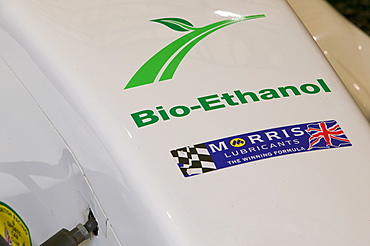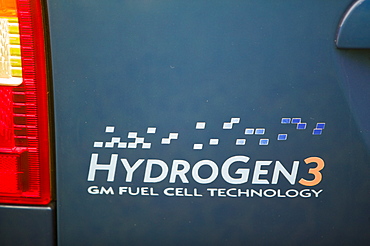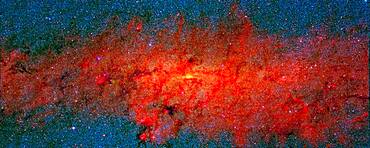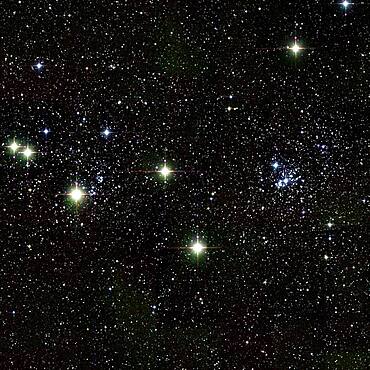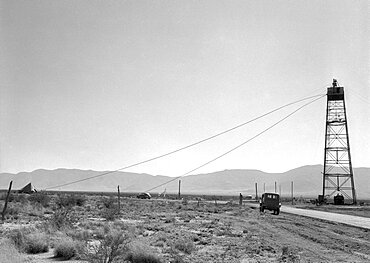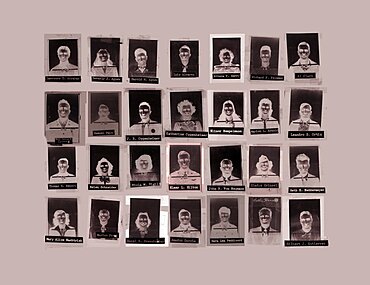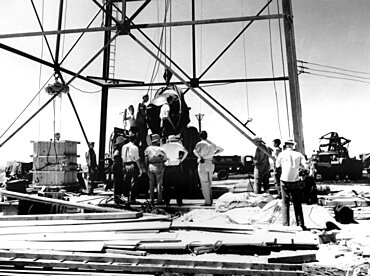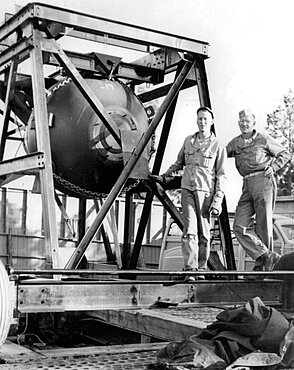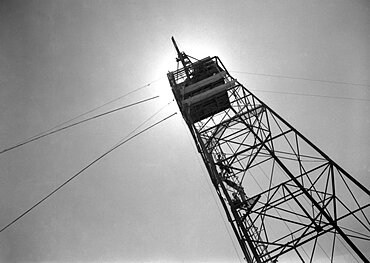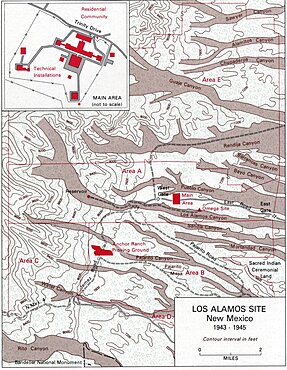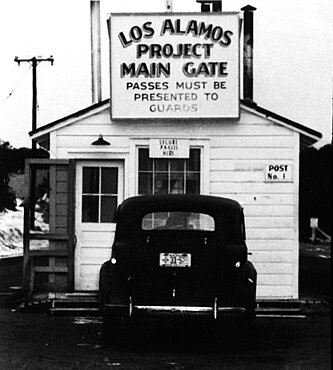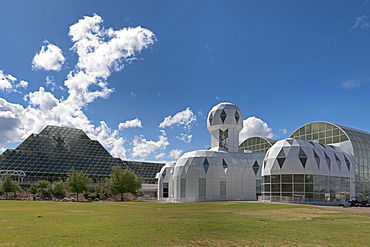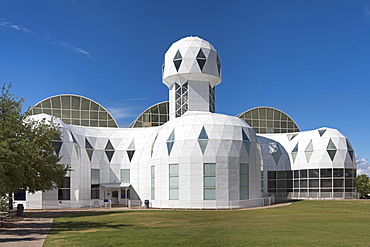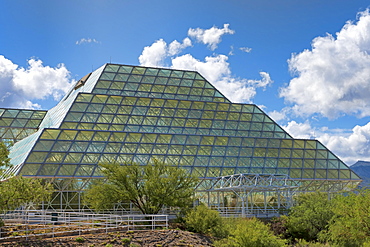Results
1 results found
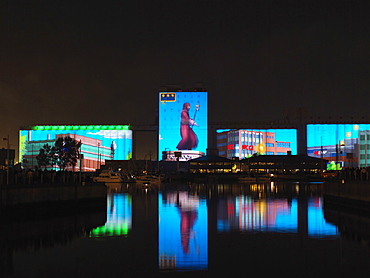
The Image Mill, light and sound show by Robert Lepage and Ex Machina, the largest projection ever, using fine technology to project a huge quantity of iimages and films on an oversized screen on the grain silos of the Quebec Harbour, Quebec City, Quebec, Canada, North America
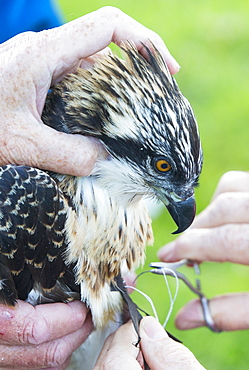
On Friday 11th July 2014, the Young Ospreys that nest on Bassenthwaite in the Lake District National Park, Cumbria, UK, are ringed and fitted with a satelite tracker. they are ringed by Pete Davis, a licensed bird ringer, and the satelite tracker is fitred by Roy Dennis. Roy is theonly person in the UK, licensed to fit satelite trackers to birds of prey. The tracing is part of the Bassenthwaite Osprey project, to see whereabouts in Africa the young migrate to, before returning hopefully to the UK to nest.Ospreys recolonized the Lake district in 2001, after an absence ovf over 150 years. In the last fourteen years of breeding over half a million people have visited the project to view these spectacular fish eating birds.
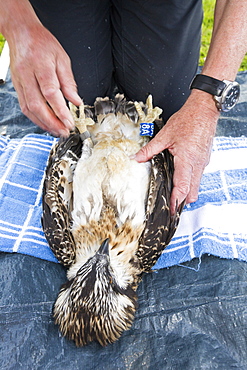
On Friday 11th July 2014, the Young Ospreys that nest on Bassenthwaite in the Lake District National Park, Cumbria, UK, are ringed and fitted with a satelite tracker. they are ringed by Pete Davis, a licensed bird ringer, and the satelite tracker is fitred by Roy Dennis. Roy is theonly person in the UK, licensed to fit satelite trackers to birds of prey. The tracing is part of the Bassenthwaite Osprey project, to see whereabouts in Africa the young migrate to, before returning hopefully to the UK to nest.Ospreys recolonized the Lake district in 2001, after an absence ovf over 150 years. In the last fourteen years of breeding over half a million people have visited the project to view these spectacular fish eating birds.
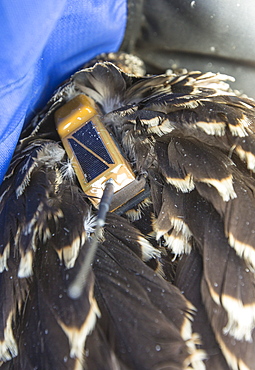
On Friday 11th July 2014, the Young Ospreys that nest on Bassenthwaite in the Lake District National Park, Cumbria, UK, are ringed and fitted with a satelite tracker. they are ringed by Pete Davis, a licensed bird ringer, and the satelite tracker is fitred by Roy Dennis. Roy is theonly person in the UK, licensed to fit satelite trackers to birds of prey. The tracing is part of the Bassenthwaite Osprey project, to see whereabouts in Africa the young migrate to, before returning hopefully to the UK to nest.Ospreys recolonized the Lake district in 2001, after an absence ovf over 150 years. In the last fourteen years of breeding over half a million people have visited the project to view these spectacular fish eating birds.
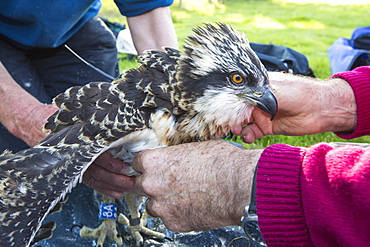
On Friday 11th July 2014, the Young Ospreys that nest on Bassenthwaite in the Lake District National Park, Cumbria, UK, are ringed and fitted with a satelite tracker. they are ringed by Pete Davis, a licensed bird ringer, and the satelite tracker is fitred by Roy Dennis. Roy is theonly person in the UK, licensed to fit satelite trackers to birds of prey. The tracing is part of the Bassenthwaite Osprey project, to see whereabouts in Africa the young migrate to, before returning hopefully to the UK to nest.Ospreys recolonized the Lake district in 2001, after an absence ovf over 150 years. In the last fourteen years of breeding over half a million people have visited the project to view these spectacular fish eating birds.

Solar panels used to generate electricity to power scientific equipment as part of a research project by scientists from Sydney University, in the Snowy Mountains, New South Wales, Australia, Pacific

Solar panels used to generate electricity to power scientific equipment as part of a research project by scientists from Sydney University, in the Snowy Mountains, New South Wales, Australia, Pacific

Solar panels used to generate electricity to power scientific equipment as part of a research project by scientists from Sydney University, in the Snowy Mountains, New South Wales, Australia, Pacific
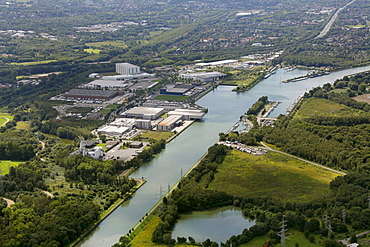
Aerial view, Mark Dion research station, Gesellschaft der Amateur-Ornithologen art project, Emscherkunst.2010 art project, Bogomir Ecker, Buelent Kullukcu, artworks on the Emscher river, Herner Meer site, Herne, Ruhr area, North Rhine-Westphalia, Germany,

Biosphere 2, self-sustaining ecosystem, cactus in front of facility with tropical rainforest, Oracle, Arizona, USA, North America

Biosphere 2, self-sustaining ecosystem, lodgings of mission's scientists, Oracle, Arizona, USA, North America

Beautiful African American girl with dark curly hair standing near board and giving presentation to colleagues in office. Young business woman looking on her coworkers while discussing new project

Beautiful African American girl with dark curly hair standing near board and giving presentation to colleagues in office. Young business woman looking on her coworkers while discussing new project
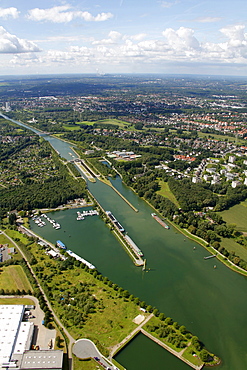
Aerial view, Mark Dion research station, Gesellschaft der Amateur-Ornithologen art project, Emscherkunst.2010 art project, Bogomir Ecker, Buelent Kullukcu, artworks on the Emscher river, Herner Meer site, Herne, Ruhr area, North Rhine-Westphalia, Germany,

The Eden Project, architects Nicholas Grimshaw and Partners, Bodelva, Cornwall, England, United Kingdom, Europe
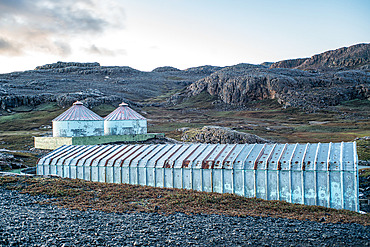
The Armor infrastructure. Remains of the Armor fish farm, built in 1984 to produce top-quality salmon, a project later abandoned. Grande Terre, Kerguelen archipelago.
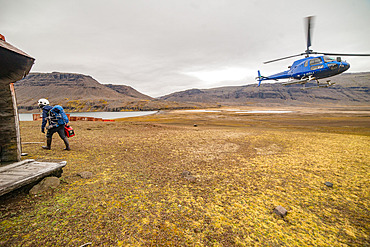
The helicopter has just dropped off a team at the Val Studer hut, with equipment for a renovation project. Kerguelen Archipelago
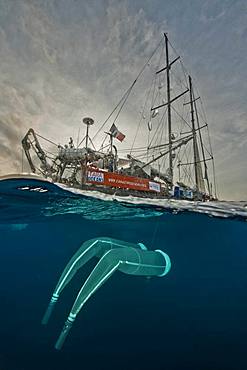
Tara Oceans Expeditions - May 2011. Tara with deployed plancton nets. On "station", the boat is drifting without engine or sails. Tara Oceans, a unique expedition: Tara Oceans is the very first attempt to make a global study of marine plankton, a form of sea life that includes organisms as small as viruses and bacterias, and as big as medusas. Our goal is to better understand planktonic ecosystems by exploring the countless species, learning about interactions among them and with their environment. Marine plankton is the only ecosystem that is almost continuous over the surface of the Earth. Studying plankton is like taking the pulse of our planet. Recently, scientists have discovered the great importance of plankton for the climate: populations of plankton are affected very rapidly by variations in climate. But in turn they can influence the climate by modifying the absorption of carbon. In a context of rapid physico-chemical changes, for example the acidification observed today in the world's oceans, it is urgent to understand and predict the evolution of these particular ecosystems. Finally, plankton is an astonishing way of going back in time ? a prime source of fossils. Over the eons, plankton has created several hundred meters of sediment on the ocean floors. This allows us to go back in time, to the first oceans on Earth, and better understand the history of our biosphere. More than 12 fields of research are involved in the project, which will bring together an international team of oceanographers, ecologists, biologists, geneticists, and physicists from prestigious laboratories headed by Eric Karsenti of the European Molecular Biology Laboratory. Galapagos

